What is the gallbladder and what does it do in the body?
The gallbladder is a small organ located above the abdomen. Its function is to collect and store body fluids, assisting in the digestion of food.FoodSometimes, hard substances can turn into stones in the body, which happens to many people.
If these gallstones cause health problems, doctors may perform surgery to remove the gallbladder. For instance, if you have prolonged gallbladder pain or the organ isn’t working correctly, surgery is often necessary. In the past, a large incision was made in the abdomen forgallbladder removalThis type of surgery was called open surgery. Today, doctors can perform this procedure using small instruments and tiny cuts, which is called laparoscopic surgery, named after the main device called a laparoscope that it uses, and this procedure generally requires only minimal depth.
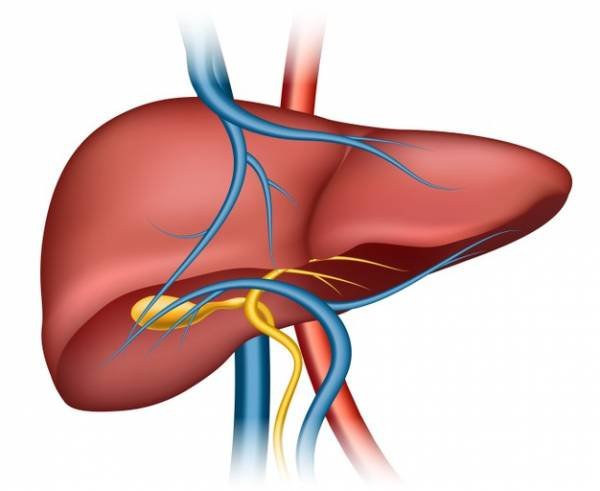
What causes issues in the gallbladder?
If you have any of the following conditions, you are more likely to develop gallstones:
- Rapid weight lossyou’ve experienced.
- You are female.
- You are overweight.
- You are over 40 years old.
- You have high cholesterol levels.
- Prolonged fasting is another important factor.
Gallstones can also run in families, and doctors have not yet found a definitive way to prevent them.

Reasons for gallbladder removal
As mentioned in the Health sectionSelMagzBile is a mixture of fats, bile salts, and waste products from the liver. Under unfavorable conditions, substances primarily made of fats can gather in the bile ducts, resulting in gallstones that can block these ducts and ultimately cause inflammation of the gallbladder, which is treated by removing the gallbladder.
What are the symptoms of gallbladder problems?
These symptoms include:
- Severe abdominal pain
- Nauseaand vomiting
- Indigestion
- Fever
- Jaundice occurs when the skin and eyes turn yellow, usually when stones block the bile duct.
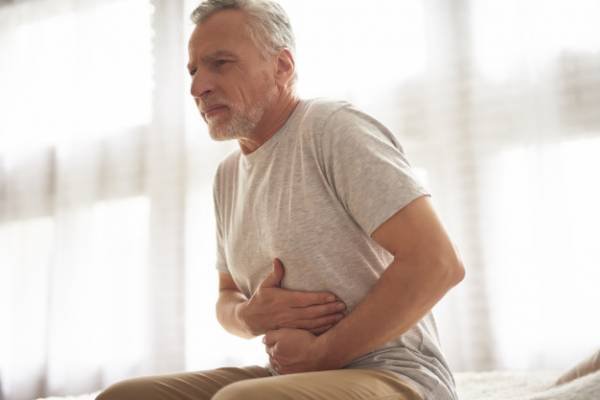
How do doctors diagnose gallbladder problems?
Doctors commonly use an ultrasoundto examine inside, which can clearly show what’s happening. You will be awake and alert during this test, and it is painless.If further tests are needed, a CT scan or a test called a HIDA scan may be performed. The HIDA scan involves injecting a colored substance into the body to clearly identify any gallbladder issues.
How do doctors treat gallbladder issues?
Removing the gallbladder is usually the best way to resolve its issues. You may be advised to modify your diet temporarily, such as reducing fat intake, but it’s uncommon for gallstones to go away on their own.
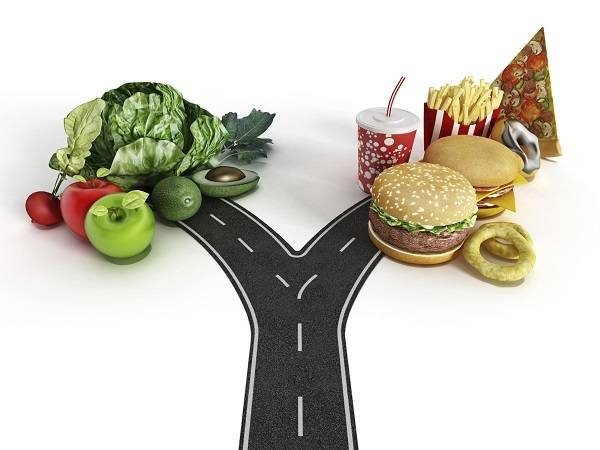
You might have heard about devices that dissolve gallstones, but unfortunately, they are not yet effective for use.
What are the benefits of laparoscopic gallbladder surgery?
- Smaller incisions, more but smaller incisions, each less than 2.5 cm, while open surgery requires incisions of 12 to 17 cm.
- Less pain after surgery
- Faster recovery: You can usually go home a few days after surgery and quickly resume your daily activities.
Common questions about laparoscopic gallbladder surgery
Is gallbladder removal a good choice?
This surgery is generally a good option because it is the most common type of surgery for gallbladder problems. However, if you have any of the following conditions, it may be better to avoid gallbladder surgery:
- Your gallbladder issues are severe
- You have had prior surgery in your upper abdomen
Ultimately, the final decision rests with the specialist doctor.
How should you prepare for laparoscopic gallbladder surgery?
You should have all necessary tests completed beforehand, along with exams to ensure you are fully healthy.
The surgeon will review the risks and benefits of this surgery with you beforehand, consulting with you to ensure you agree to proceed. At the surgeon’s office, they will explain how to prepare for the surgery. Similar preparations must be made before laparoscopic surgery, and we will outline them here:
-
Taking a shower the night before or the morning of surgery: The doctor may advise you to useantibacterial soap soapIt is best to avoid shaving your abdominal area.
-
Do not eat or drink after the doctor’s instructions.
-
On the morning of the surgery, you will be informed of which medications you may take, and you will receive the necessary medications. It’s best to drink a small amount of water with them.
-
You may be advised not to take certain medications before surgery, usually blood thinners, supplements, and medications that affect your immune system.
-
You will also need someone to drive you to the hospital and stay with you overnight after the surgery. Ask your doctor about the level of help you may need.

How is laparoscopic gallbladder surgery performed?
In response to some of your questions from the Health section of SelMagz, we should mention thatgeneral anesthesiais sufficient for this surgery. This means you will be fully asleep during the procedure, and once completed, the incisions will be stitched or possibly glued.
During the procedure, the doctor makes a small incision near your navel and inserts a small device. This device inflates your abdomen with gas, creating space for the surgery. Then, a small surgical camera is inserted, which transmits a view of the inside of your body and gallbladder to a monitor in the operating room, allowing the surgeon to guide more instruments through this opening, ultimately detaching the gallbladder from your abdomen. This procedure typically requires three to four small incisions, but in some cases, there may be more incisions needed.
Your doctor may use a robotic surgical system. The robot does the same job but allows the surgeon to operate without directly using their hands to handle the instruments. This type of surgery is known as robotic surgery.
Some types of this surgery are assisted by X-rays to identify gallstones, and if they are found, the process will remove them and possibly the gallbladder.It is essential to have confidence in your doctor’s knowledge and experience.
If laparoscopic gallbladder removal is not possible, what should you do?
Some individuals may not be good candidates for this technique. In these cases, open surgery may be required. Reasons to switch surgical methods include:
- Your gallbladder has significant damage along with excessive swelling and inflammation.
- Internal scar tissue may have formed during previous surgery.
- You may be overweight and have a high body mass index.
- The surgeon cannot adequately visualize the inside of your body using the laparoscope.
- You experience bleeding complications during surgery.
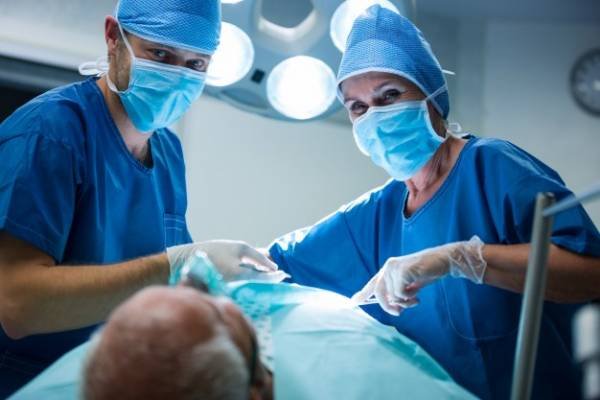
What complications might occur after laparoscopic gallbladder surgery?
Typically, you can return to your normal activities within a week. Some people encounter difficulties after surgery, but others may not experience any at all.
These complications, though uncommon, can include bleeding, infection at the surgery site, hernia,blood clotsand heart problems, with hernias typically occurring at the site around the intestines.
There is also a rare possibility of injury to the large or small intestine during surgery, which may necessitate another surgery.
Patients may also experience the following issues after surgery:
Difficulties in digesting fats
Your ability to digest fats may be impaired for a short period post-surgery, mostly due to the medications you took afterward, but this should not last long.
Diarrhea and bloating
Indigestion can result indiarrheaandbloatingwhich is often due to excess fats and fiber accumulating in the body.

Constipation
Although gallbladder removal typically helps lessen constipation, the surgery and anesthesia can result in short-term constipation. Dehydration might make thisconstipationworse.
Intestinal damage
This is very rare but possible; it is often connected to abdominal contractions.Abdominal painPost-surgery abdominal discomfort and cramps are normal; however, if they last for several days without improvement, be sure to contact your doctor.
What to expect after surgery?
Going home
You will likely stay only one night in the hospital and return home the following day. You may also have fluids before your discharge.
Pain after surgery
Pain after surgery is normal. Discomfort at the incision site and in the abdomen is quite typical, and shoulder pain may occur due to gas in the abdominal cavity from the surgery. Shoulder pain usually goes away within 24 to 48 hours.
You should take pain relief medications unless your doctor instructs otherwise.Acetaminophenand ibuprofen are often suitable medications in these cases.
You may feel nauseous and want to vomit after surgery, which should improve within one to two days. If it doesn’t, speak with your doctor.
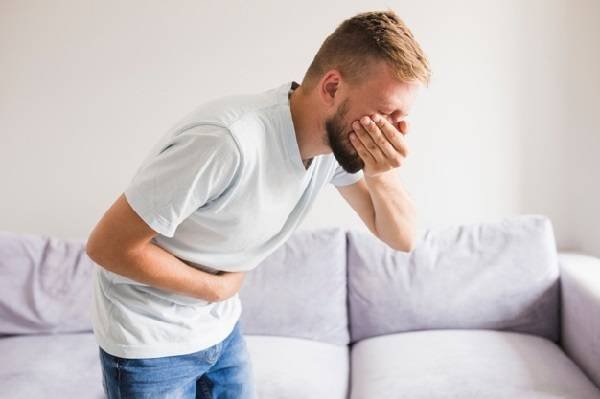
Activities
Stay as active as your body allows, but avoid overdoing it. Doctorsrecommend walking.You can walk up and down stairs after surgery, and may take off your bandages and shower the next day. If you do not notice any improvement a week after surgery, be sure to reach out to your doctor.
A week post-surgery, you can return to work with your doctor’s clearance, and you may drive 24 hours later. If you had open surgery with larger cuts, the limitations may be more considerable. Typically, resuming your usual routine after open surgery takes about 4 to 6 weeks.
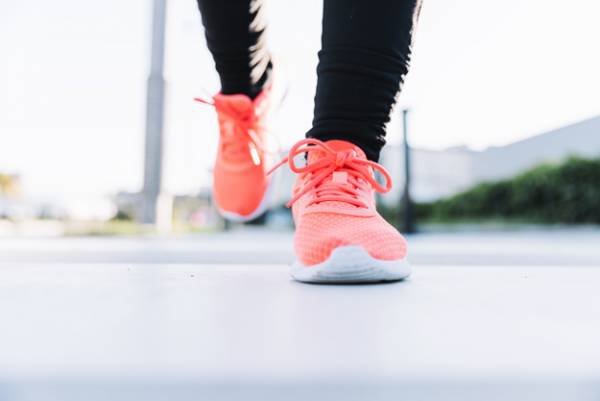
When should you follow up with your doctor after surgery?
Schedule a follow-up appointment with your doctor 2 to 3 weeks post-surgery.
When should you call your doctor?
Contact your doctor if you experience any of the following:
- Fever above 101°F or 38.5°C
- Severe pain and swelling in the abdominal area
- Yellowing of the skin or eyes, also known as jaundice
- Feeling unwell with abdominal pain, and experiencing significant nausea and vomiting
- Difficulty eating or drinking
- Bleeding or discharge from the surgical cut site, or discoloration in that area.
- Persistent pain that does not improve even after taking medication
- Breathing problems ora coughthat doesn’t improve.
Gallstones can be tiny, single stones, or sometimes they can be several large ones. No matter the size or number, they can result in surgery; if not treated, they block the bile duct, cutting off bile’s connection to the liver, causing painful inflammation called cholecystitis.







